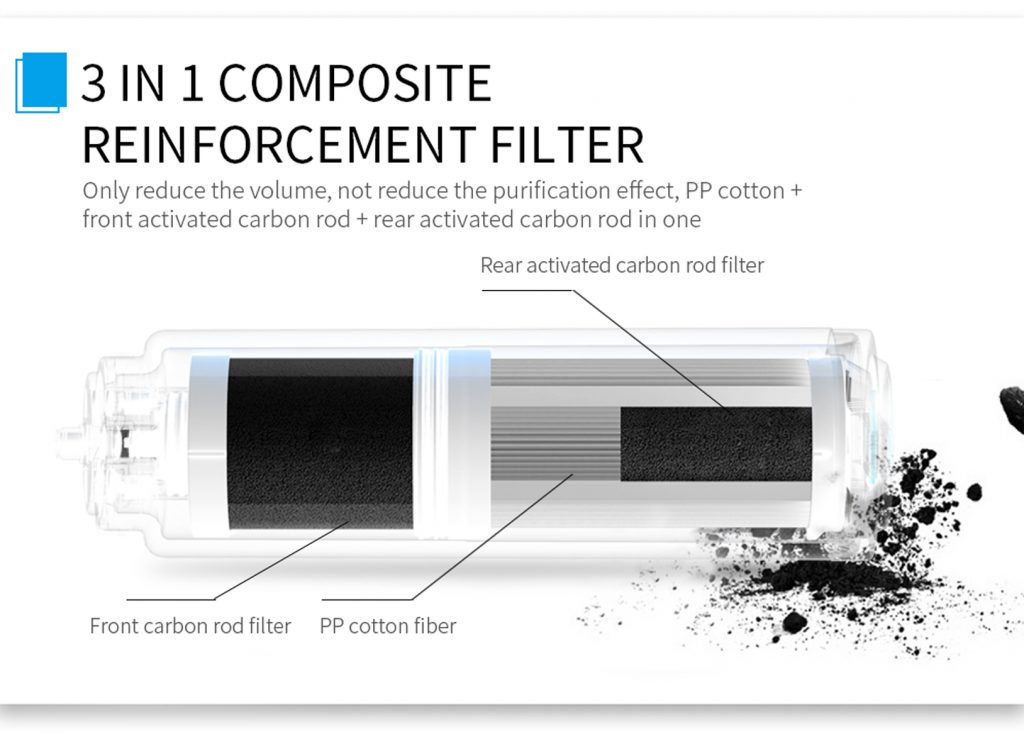Why is the wastewater from the RO water purifier drainable?

Many people are curious as to why the reverse osmosis water purifier will discharge waste water. How does it differ from a physically filtered water purifier? What is its filtering mechanism? Today, Xiaobian will come to answer you one by one.
Why do you want to call “reverse osmosis” filtering?
When the same volume of dilute solution (such as fresh water) and concentrated solution (such as salt water) are placed on both sides of the semipermeable membrane, the solvent in the dilute solution will naturally pass through the semipermeable membrane and spontaneously flow to the side of the concentrated solution. This phenomenon is called infiltration. When the permeation reaches equilibrium, the liquid level on the concentrated solution side will be higher than the liquid level of the dilute solution, that is, a pressure difference is formed, and the pressure difference is the osmotic pressure. If a pressure greater than the osmotic pressure is applied to the concentrated solution side, the flow direction of the solvent will be opposite to the original permeation direction, and the flow from the concentrated solution to the dilute solution side begins. This process is called reverse osmosis.
Simply put, by energizing, applying pressure to the concentrated solution, changing the original direction of penetration, and realizing the countercurrent of the concentrated solution, thereby purifying the concentrated solution and producing pure water.
Why does it produce wastewater?
The core part of the pure water machine is actually a liquid concentration process during the working process. The salt content in the water increases with the flow of water through the surface of the reverse osmosis membrane, and the osmotic pressure of the water increases continuously. When the osmotic pressure is increased to the pressure of the booster pump, water cannot flow into the clean water end through the reverse osmosis membrane. The water that fails to pass this part is the wastewater generated when water is produced.
Is “waste water” really useless?
First of all, in terms of the development of the current water purification technology, basically a cup of pure water will discharge a cup of wastewater in the same way. That is to say, if your family can drink 3L of water a day, then 3L of wastewater will be discharged on this day. I feel a lot when I hear it, but when I flush the toilet, mopping the floor, washing the laundry, and brushing the bowl, the water consumption is much smaller. Moreover, the waste water is not completely useless. It has also been filtered by the first three levels of the water purifier. These waste water can be used for a long time. It is a good use to mopping the floor, flushing the toilet and washing things.
If you are interested in this, please contact us for more products and preferential prices
Helen:
+86 13922346046
info@olansiglobal.com